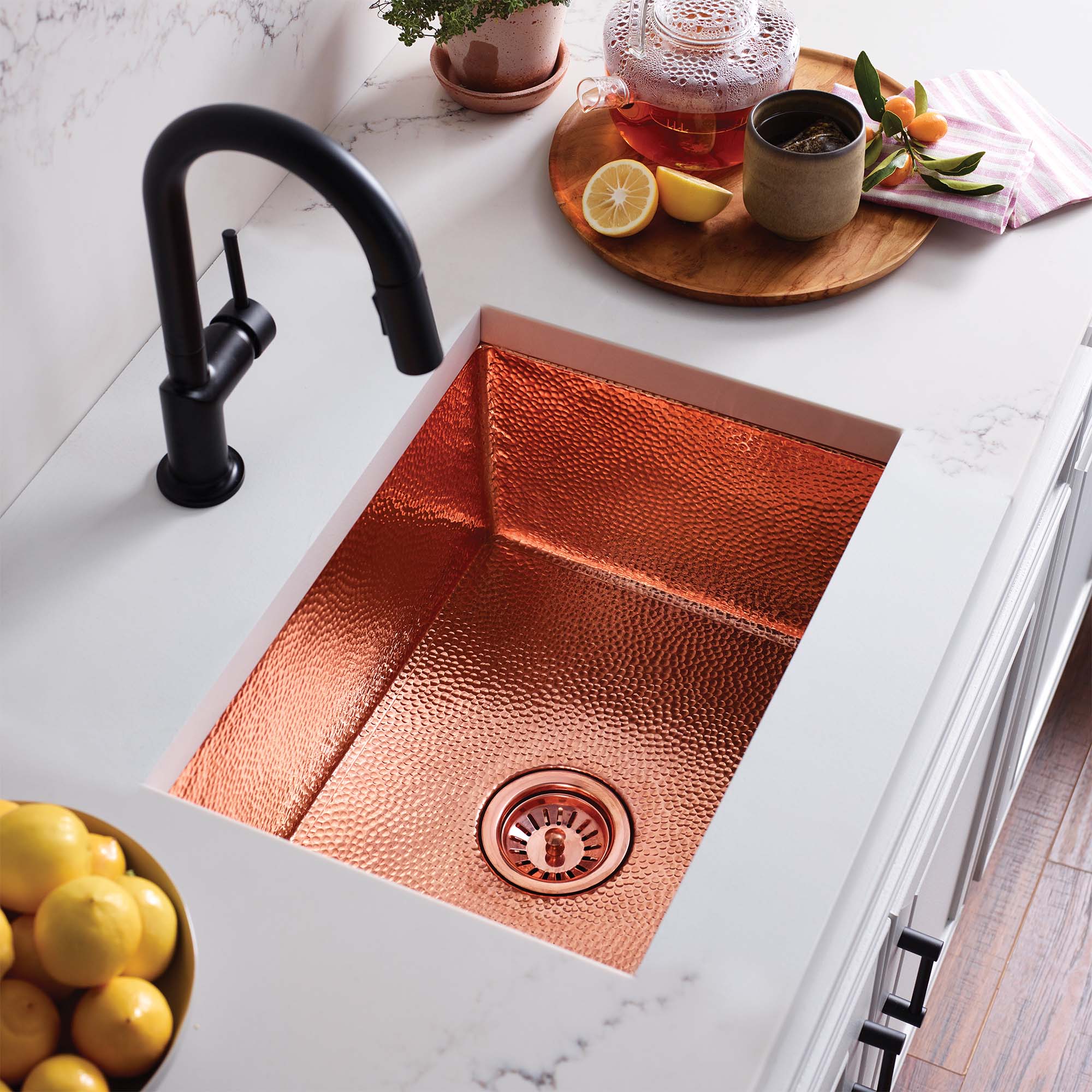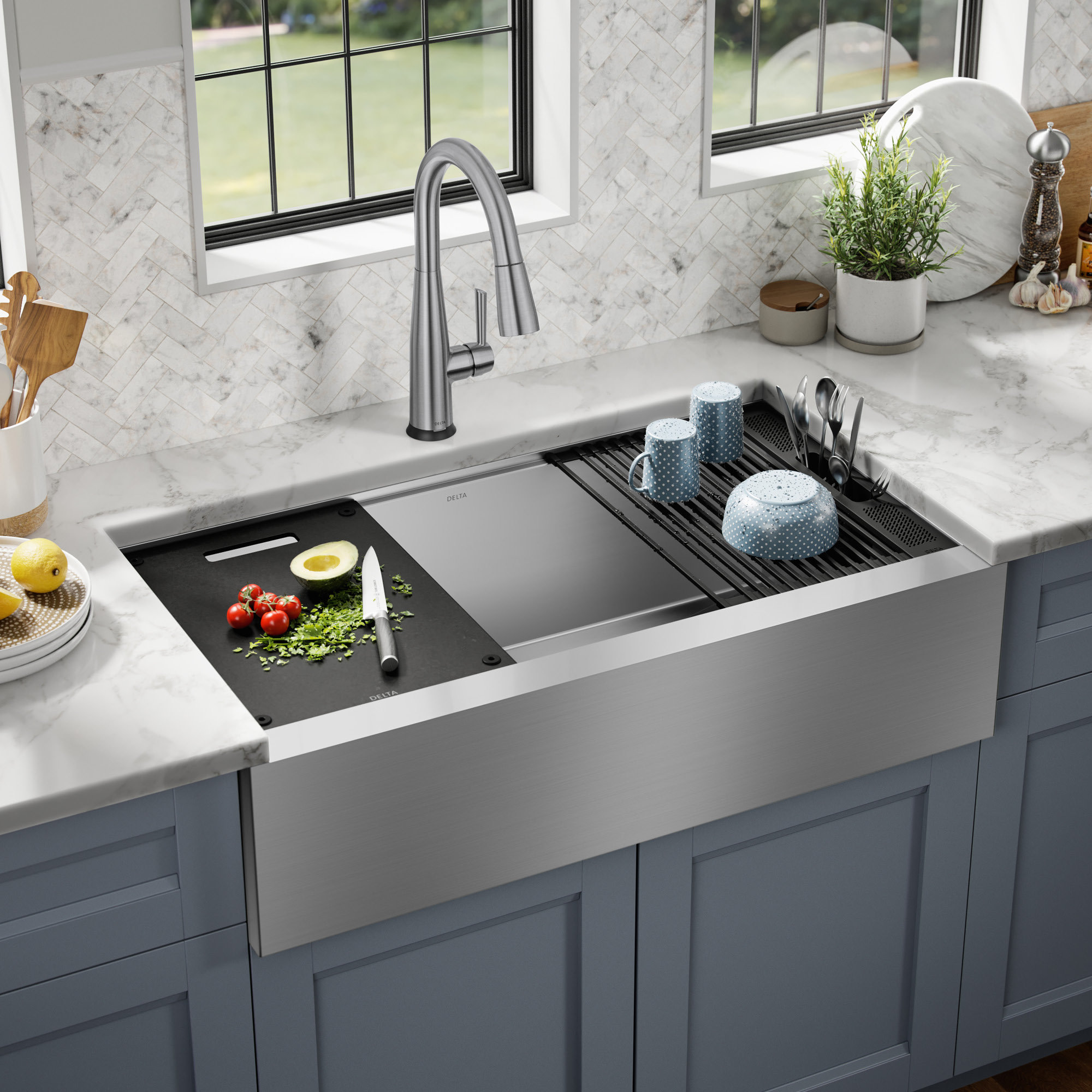How to measure for a kitchen sink? Choosing the right kitchen sink is an important decision for any homeowner or remodeler. Proper measurements are crucial to ensure a seamless installation and a functional workspace. Whether you’re replacing an existing sink or installing a new one, accurate measurements are essential for finding a sink that fits perfectly into your kitchen. In this comprehensive guide, we will explore the step-by-step process of measuring for a kitchen sink, considering different sink types, mounting options, and cabinet sizes. Let’s dive into the world of kitchen sink measurements and ensure a successful installation.
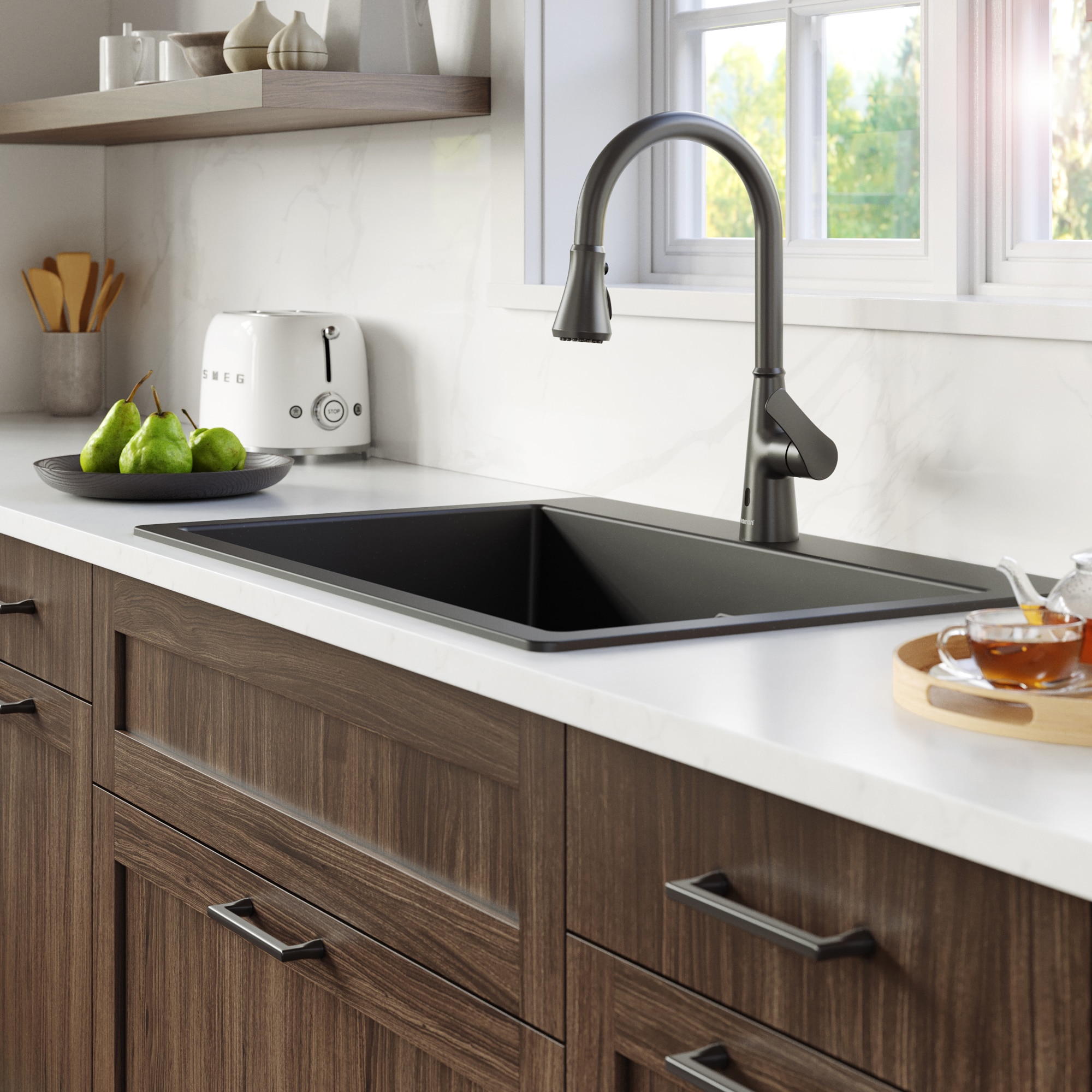
Measure the Existing Sink (if applicable):
If you’re replacing an existing sink, it’s important to start by measuring the current sink dimensions. This will serve as a reference point for selecting a new sink size. Measure the following:
- Sink Width: Measure the width of the kitchen sink faucet from left to right. This measurement will help you determine the appropriate size for your new sink.
- Sink Depth: Measure the depth of the sink from front to back. This measurement is important to ensure the new sink will fit within the existing cabinetry.
- Basin Size: Measure the dimensions of each basin (if you have a double or triple bowl sink) in terms of width, depth, and height. These measurements are essential if you wish to replace the sink with one of a similar size and configuration.
Measure the Sink Area:
If you are installing a new sink or the existing sink does not meet your needs, measure the sink area in your kitchen. This will help determine the maximum size of the sink and reveal any limitations you should consider. Follow these steps:
- Cabinet Width: Measure the width of the sink cabinet. This is the space where the sink will be situated. Record this measurement as it will dictate the maximum size your new sink can be.
- Cabinet Depth: Measure the depth of the sink cabinet. This measurement indicates the available depth for the sink installation.
- Clearance: Measure the distance between the back of the sink cabinet and any obstructions such as walls, pipes, or other installations. This clearance will determine the maximum sink length you can select.
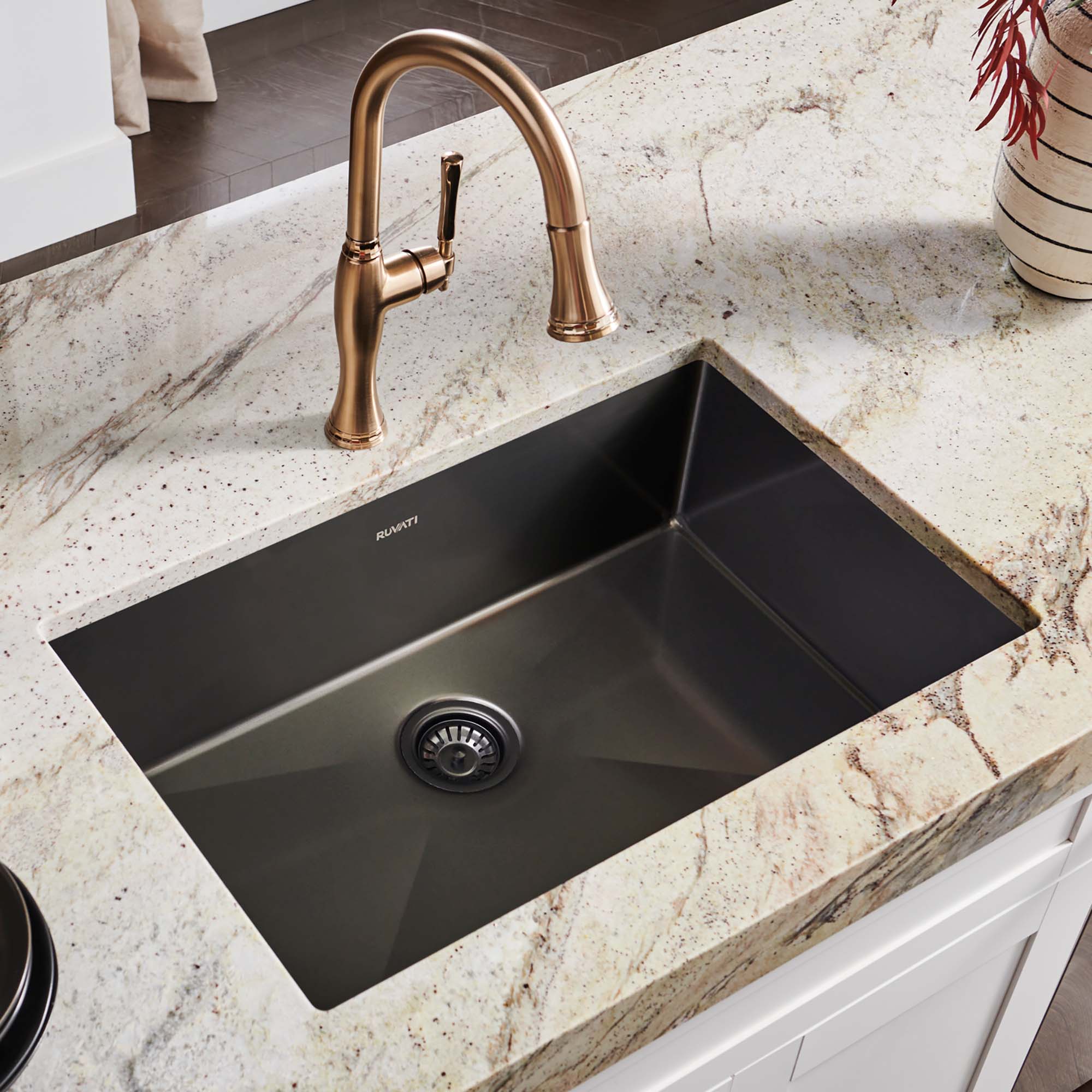
Determine Mounting Options and Sink Configuration:
Consider the mounting options and sink configuration that best fit your needs and kitchen layout. There are various options to choose from, including:
- Top Mount (Drop-In) Sink: This sink type is dropped into a pre-cut hole in the countertop. Measure the size of the countertop cutout to ensure the new sink will fit properly.
- Undermount Sink: An undermount sink is mounted beneath the countertop, providing a seamless appearance. Measure the inside dimensions of the sink cabinet to determine the maximum sink size that can be accommodated.
- Farmhouse or Apron-Front Sink: These corner kitchen sink have a front panel that extends beyond the cabinet, creating a distinctive look. Measure the dimensions required for the desired farmhouse sink, including width, depth, and front panel height.
Selecting the Right Sink Size:
Using the measurements from Steps 1, 2, and 3, you can now determine the appropriate sink size for your kitchen. Consider the following factors:
- Sink Width: Choose a sink that fits comfortably within the sink cabinet, leaving room on each side for installation and maintenance.
- Sink Depth: Select a sink depth that meets your needs and preferences, ensuring it fits within the available cabinet depth.
- Basin Configuration: If you desire a double or triple bowl sink, ensure that the dimensions of each basin work within the available space and meet your functional requirements.
- Consider the Countertop: Ensure the selected sink size and configuration complement the countertop design and account for any necessary modifications or adjustments.
Advantages of kitchen sinks
A kitchen sink is a vital component of any kitchen, playing a crucial role in food preparation, cooking, and cleaning activities. Beyond its practical functionality, a well-chosen kitchen sink offers numerous advantages that enhance the efficiency, convenience, and aesthetics of your kitchen space.
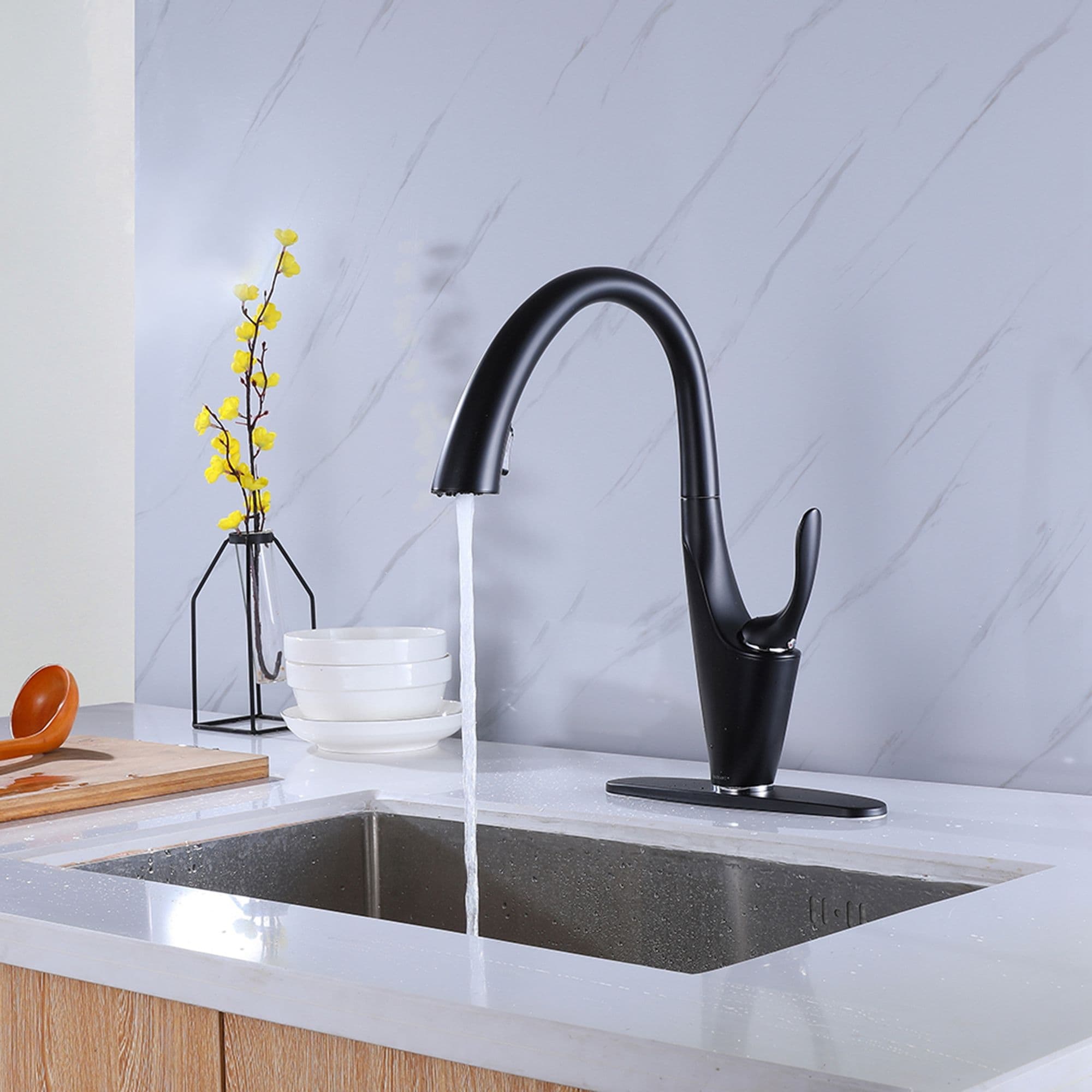
Enhanced Functionality:
A kitchen sink provides a range of functional advantages that facilitate daily tasks in the kitchen:
- Meal Preparation: The sink serves as a central location for washing fruits, vegetables, and dishes during the food preparation process. It provides a convenient and dedicated space for rinsing and cleaning ingredients before cooking.
- Utensil Cleaning: Kitchen sinks are essential for washing utensils, pots, and pans after meal preparation. The sink’s depth and size allow for efficient cleaning and rinsing, saving time and effort.
- Convenient Cleanup: By centralizing the cleanup process, a kitchen sink makes washing dishes and cleaning cookware more efficient. Having a designated space for this task helps maintain an organized and clutter-free kitchen.
- Waste Disposal: Many sinks come with integrated garbage disposals, allowing for quick and hygienic disposal of food waste. This feature minimizes the need for separate waste bins and reduces unpleasant odors in the kitchen.
Improved Organization:
A well-designed kitchen sink contributes to improved organization within the kitchen space:
- Separate Compartments: Some types of sinks feature multiple compartments, such as double-bowl or triple-bowl sinks. These extra compartments provide separate areas for washing, rinsing, and drying dishes, enabling better organization and workflow in the kitchen.
- Accessories and Add-Ons: Many modern sinks offer additional features and accessories that enhance organization. These include built-in drying racks, cutting board covers, and colander attachments. These accessories maximize counter space and streamline daily kitchen activities.
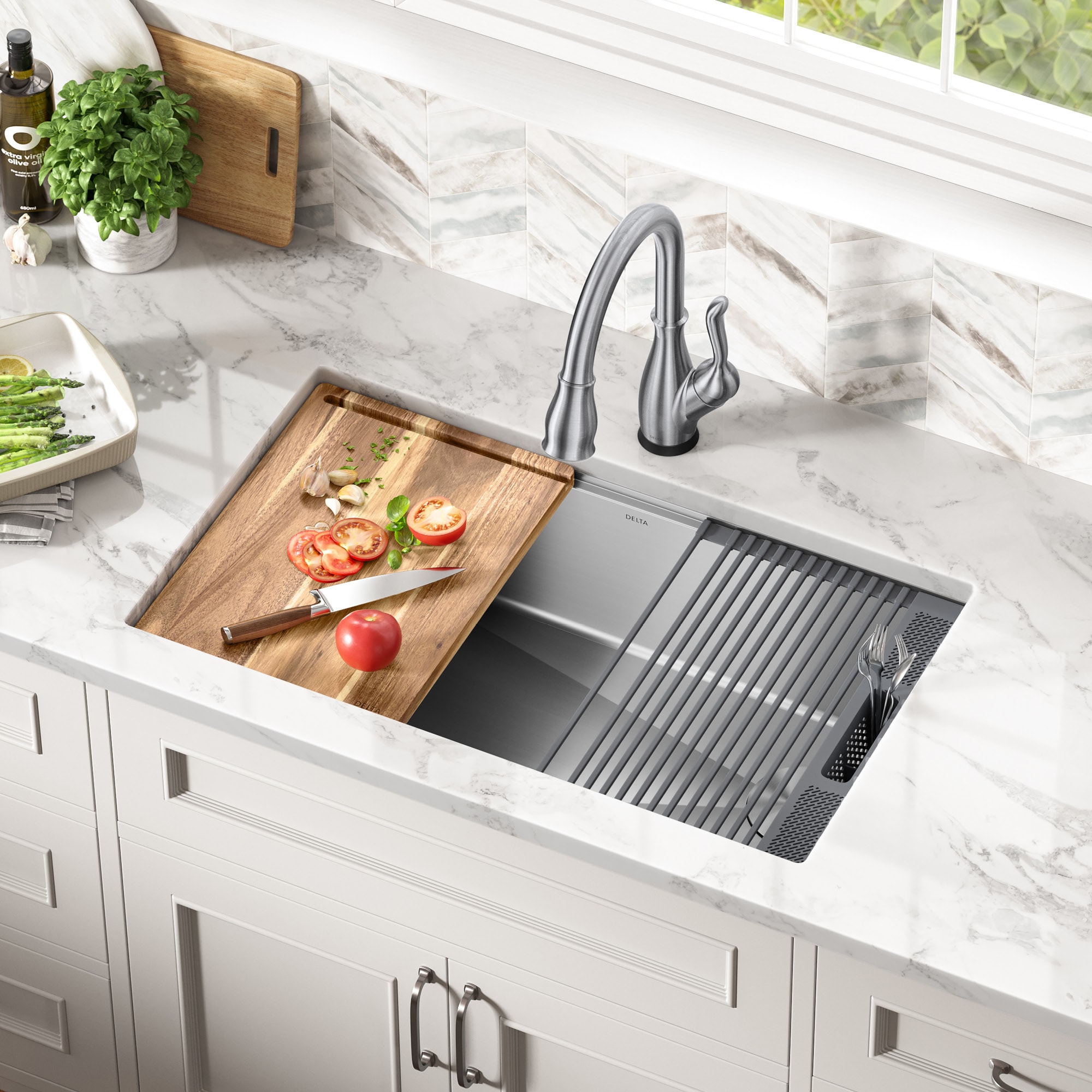
Hygiene and Cleanliness:
Kitchen sinks play a crucial role in maintaining hygiene and cleanliness in the kitchen:
- Bacteria Control: Regularly cleaning the sink helps control bacteria and prevents cross-contamination between dishes and food. Stainless steel sinks, in particular, are known for their antimicrobial properties.
- Easy-to-Clean Surfaces: Most kitchen sinks are designed with smooth, non-porous surfaces that are easy to clean and resist staining. This makes it easier to maintain a clean and visually appealing kitchen environment.
- Water Containment: A kitchen sink helps contain water used during cooking and cleaning, preventing spills and minimizing potential water damage to surrounding surfaces.
Conclusion:
Accurate measurements are essential when selecting a kitchen sink to ensure a seamless and functional installation. By following these step-by-step guidelines and considering factors like sizing, sink configuration, and mounting options, you can confidently choose a sink that fits perfectly within your kitchen space. Whether you’re replacing an existing sink or undertaking a new installation, proper measurements will ensure compatibility and a long-lasting, visually appealing addition to your kitchen. So, take the time to measure accurately, make informed decisions, and enjoy your perfectly fit kitchen sink for years to come.
